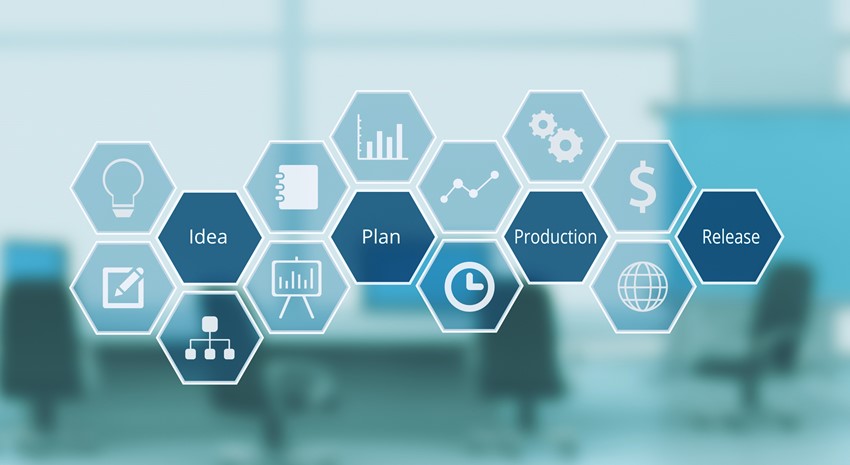Microsoft Business Central On Premises Modern Lifecycle Policy and Staying Current

As users of Microsoft Dynamics software—or any software, for that matter—it’s important for organizations to keep up with the latest releases of the products they depend on to run their business. If you’re on the SaaS version of Business Central, updates are taken care of, so you’re in good shape. If you’re on Business Central on premises, however, you are responsible for staying current. This blog discusses Microsoft’s Lifecycle Policies and what you need to know.
Microsoft Modern Lifecycle Policies Defined
Microsoft Modern Lifecycle Policies address updates to Microsoft products that have faster innovation cycles, including Business Central. For products under the Modern Lifecycle Policy, Microsoft must notify customers of the impending end of support a minimum of 12 months prior to the end date if no successor product or service is offered.
Modern Lifecycle Policy Requirements
The Modern Lifecycle Policy requirements are pretty straightforward:
- Customers must stay current according to the servicing and licensing requirements published for their product or service. IMPORTANT NOTE: Microsoft’s definition of “staying current” is as follows: “To stay current, a customer must accept all servicing updates and apply them within a specific timeframe, per the licensing and service requirements for the product or service.” In addition:
“The customer is in full control of its on-premises deployments and must follow this policy. The customer is in control of installing updates in its on-premises environments. Microsoft will support the Dynamics 365 Business Central (on-premises) software as indicated on the Microsoft Lifecycle Policy for Business Central on-premises page, but only if the customer keeps the deployed software current according to this policy. By keeping current, you’re getting all the latest feature and bug fixes.
- Customers must have the rights to use the product or service
- Microsoft must currently offer support for the product or service
How the Modern Lifecycle Policy Impacts Customers on Business Central On Premises
Starting with Business Central version 15, Microsoft began enforcing an 18-month lifecycle. In short, this means a major release comes out every 6 months, and at the end of 18 months after the version is released, that version is no longer supported by Microsoft.
This is important for those who are still on Business Central Version 15. As you’ll see in Figure 1, Version 15 was released in April 2019, which means Microsoft will end support in April 2021—which is fast approaching. If you have been keeping up with the major releases, you’re in good shape; if not, you will not be supported and will not have access to fixes after April 2021.

Figure 1 – Microsoft’s Modern Lifecycle Policy for Dynamics Business Central
The same scenario holds true for every version of Business Central, from Version 15 on. If you’re on Version 16, Microsoft support will end October 2021, Version 17 will end April 2022, and so on.
Next Steps
Stay current! If you’re using Business Central on premises, keep up with those major releases every 6 months. You’ll never have to worry about your version losing support. Better yet, now is a great time to upgrade to Business Central in the cloud! A move to Business Central SaaS means you’ll never have to think about staying current again, along with all the other benefits of going to the cloud.
For more information on Microsoft’s Modern Lifecycle Policies and the release roadmap for Business Central, download this PDF provided by Microsoft.
Are you thinking about a move to the cloud? Contact an ArcherPoint upgrade expert today to discuss how we can help.
Trending Posts
Stay Informed
Choose Your Preferences
"*required" indicates required fields
